How and when to prune lavender?

Over time, lavender bushes become plain and sprawling, and the number of buds decreases. You can restore its former beauty by cropping.
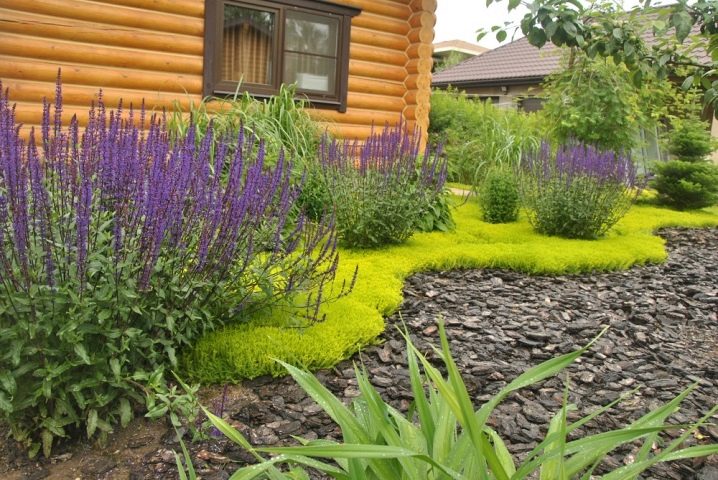
The need for a procedure
Many budding growers have a dilemma about whether or not to prune lavender. Necessary. Moreover, regardless of whether it is an indoor plant or grows in open ground on the street. These are not only agrotechnical, but also sanitary measures.
Here are just a few reasons for cutting bushes.
- After all the activities, the plant acquires an aesthetic compact appearance with many flowers. In addition, the green mass can be given any shape.
- The lion's share of beneficial properties is concentrated precisely in the leaf and flower mass, therefore, the correction is carried out in connection with the preservation of productive greenery. Subsequently, the plant is distinguished by lush flowering, the absence of lignified branches.
- As the flowering shrub sheds old lignified shoots, rejuvenation occurs, and bare tree branches appear less often. In addition, the apparent friability is reduced, the flowers are located between themselves at an optimal distance, so the bush gives the impression of uniform coloration.
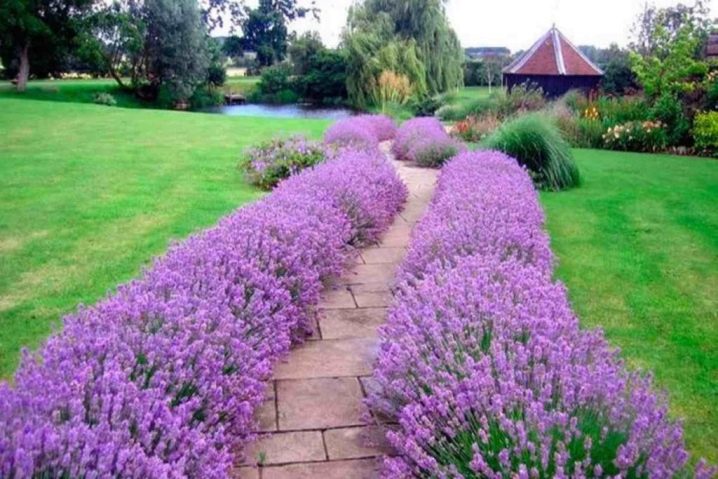
Suppose that we will not do pruning, then young greens will be in a compressed state, and bare bushes will stick out from different sides. The bush becomes rather tall and uneven, shapeless. The raw hive looks running. In addition, there is an intense lignification of the bush.
With the onset of winter, long branches will begin to break, crack, and part of the plant may freeze. After that, the bush becomes vulnerable to pests and diseases. Compact trees are less vulnerable to winter cold.
The older the plant, the more difficult it is to recover, the faster it loses all its properties, so the hostess will have to part with the lavender urgently.
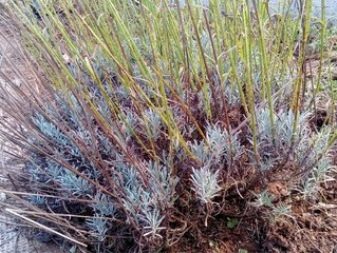
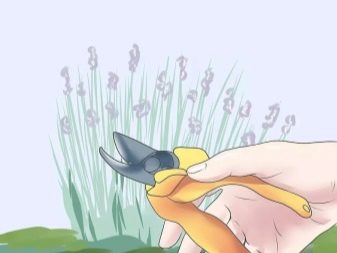
Fundamental rules
According to general rules, the adjustment of the bushes is carried out in the second year. In this case, it is better to leave the cut on the herbaceous part of the stems. It is not recommended to touch lignified bushes, because the green mass will not go from them.
Pruning should be carried out based on the following recommendations.
- The pruner should first be disinfected with a weak solution of potassium permanganate, alcohol, bleach, or simply ignited.
- After that, they get rid of the inflorescences on drooping shoots that are close to the ground or in contact with it. We advise you to correct the height, then the branches will not bend to the ground.
- You can use the first method, in which the plant is shortened to a small height, at the distance of long peduncles. In this case, lavender can bloom again in the fall. This method is used in the summer.
- In springtime, you can thoroughly cut the bushes, leaving only a couple of centimeters from the place of lignification. This method preserves the length of the bush according to the design intent.
- If you use the second method, then when adjusting, up to five centimeters are left over the woody part. This is the best option for the healing of bushes, their lignification and growth.
- Adult shrubs that are at least 10 years old are advised to radically cut, leaving only tree-like segments 7 centimeters from the ground. With the arrival of spring, lavender will have a lot of lush greenery.
- The cut must be made from the place of lignification.Do not pay attention to modest forms, with the arrival of spring, the bush will acquire a more lush volume.
- To get lush flowering, it is recommended to cut off the top of each bush to three centimeters in early spring. In this case, flowers will appear not only on the tops, but also along the entire length of the bush.
- In order for the whole bush to be well lit, we advise you to remove up to 6 branches at the very base every year in spring. This is also done in order to filter the air masses around the tree.
- When trimming, be guided by the formation of a circle or semicircle.

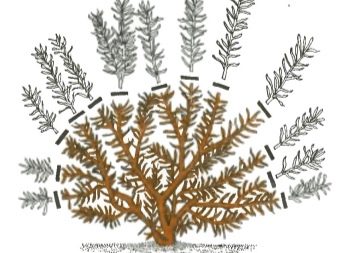
Stick to the following schedule.
- First year - in April, when planting, remove the disorderly shoots to activate shoots. You don't need to do anything in the fall.
- From April next year, you can form the plant mass: we remove the growths, form the inflorescences. In September, we prepare the tree for wintering.
- Next spring: at the end of April, we remove last year's inflorescences with scissors, maintaining a spherical shape. In August-September, we thin out the extra inflorescences.
- In April, we remove the old branches that tend to the ground, and in September, after the next pruning, we get an adult, formed plant.
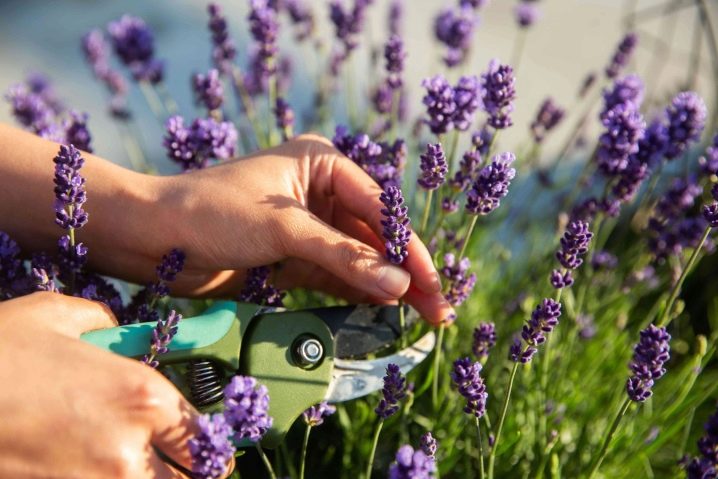
Never use ordinary blunt-edged scissors for this purpose.
As a result, uneven injured cuts form in the stems, after which certain areas decay, insects penetrate, and plant diseases become more frequent.
Better to use grass shears or a small pruner with a special thin blade. Then you get thin and clear cuts. To correct an already set shape, you can use cordless shears, gasoline or electric brushcutters.

Cutting technology
The rules for pruning bushes have been described above. Here are some tips on pruning techniques to apply to your lavender garden.
- If the bushes are not particularly overgrown, then rejuvenating procedures can be carried out on half of the bush. The branches will be bare only for a short period of time.
- It is better to properly prune lavender in spring before flowering, and in autumn after it fades. But it is better to make adjustments no more than twice a year.
- Protect your hands from abrasions and calluses while working with gloves.
- Do not throw away the cut branches: if you have taste and imagination, it is easy to create a flower arrangement.
- Prepare tools in advance, make sure their edges are sharp. Otherwise, irregularities will form on the bushes, lavender will hurt.
- Never cut the bush to the ground, remove only the grassy part. The painful state of the bush will persist for a long time, and the lush forms may not be restored at all.
By cutting off a flower plant according to all the rules, you can not only extend the life of the bush, but also aesthetically correct the area with group plantings, which effectively alternate in height.
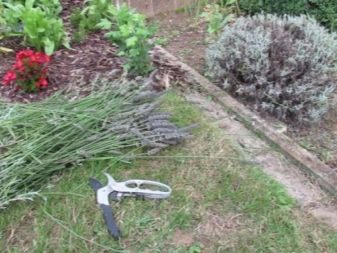
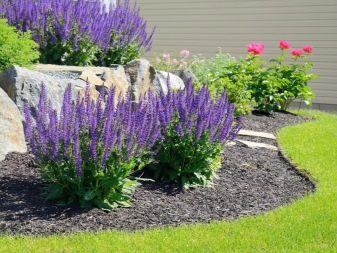
Autumn and summer
It is recommended to prune the plant no earlier than in the second year of its life. By this age, up to eight strong bushes are formed. Pruning is usually done after the first flowering in summer.
Before opening the flower buds, the stems are cut at right angles. This procedure is done in the daytime, when the essential oils are distributed throughout all parts of the bush. This work in the summer is carried out so that the bush remains lush during the warm period, as well as for re-flowering.
In addition, summer raw materials are used for the preparation of medicines, tea, beautiful dried flowers.
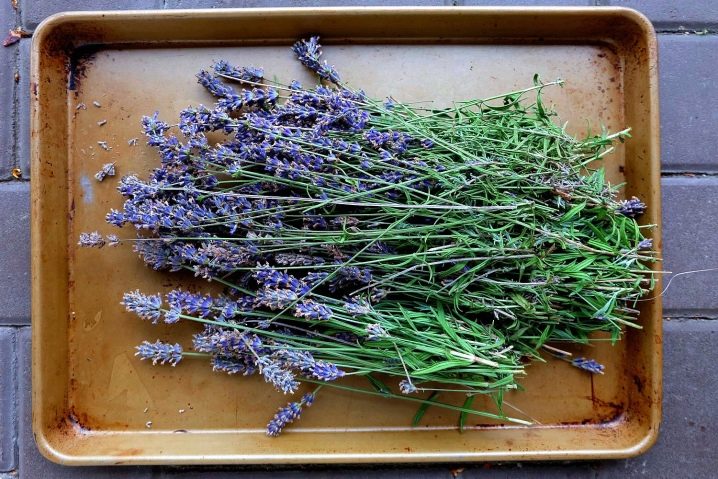
The second option is pruning in the fall using the same technology, when the main part of the plant has already released flowers. In the middle lane, the optimal time for such an event is mid or late September. But here you need to focus on the variety. For example, two Seasons, Siesta, Hidcote Blue should be corrected before anyone else.
If there is no re-flowering, then in the northern regions, the autumn haircut is not done.This applies to Siberia, the Urals, where there are frosts below 37 degrees. It is even recommended to plant frost-resistant varieties.
In order for lavender to grow again, 1 bush should be left at the plant. This is necessary so that the medicinal herb overwinters more easily.
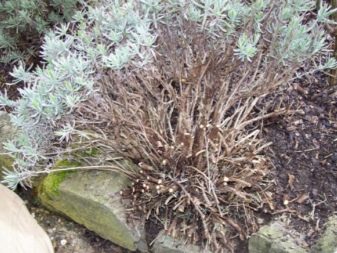
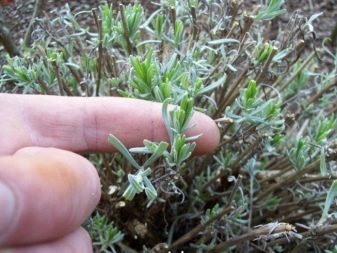
For the winter, it is recommended to remove all dead or damaged parts to avoid the occurrence of disease. The remaining mass can be collected and twisted with a rope.
If the bush grows in a pot, then it is necessary to remove all shoots that spoil the aesthetics. The plant should be repotted annually, the roots should be slightly trimmed.
In winter, you can cut the tree and send it to a cool room. Slices must be made so that they are just above the place of formation of green leaves.
If you apply this method, then by the arrival of spring the indoor flower will be covered with lush greenery.
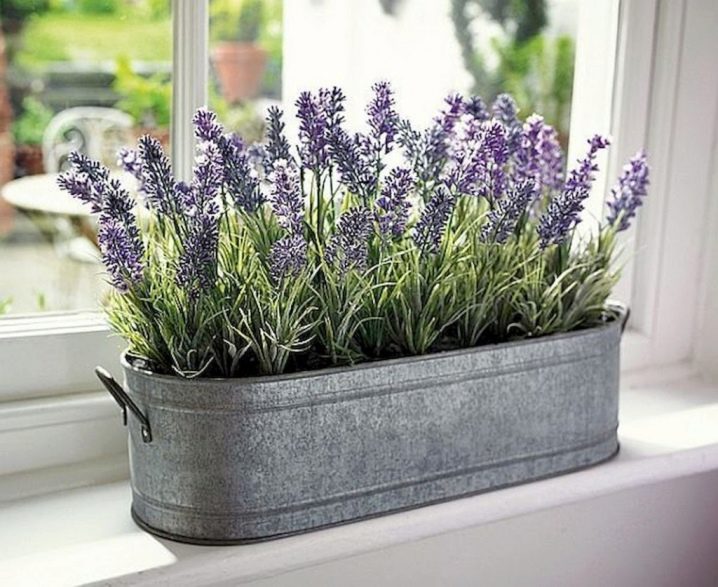
Spring and extreme
In the spring, adjustments are made to adult plants that are more than eight years old. In this case, remove all lignified parts, leaving them above the ground by 10-15 centimeters. It must be remembered that you need to leave a couple of leaves to form new cuttings.
Or they leave an extreme height of up to 5 centimeters, just above the lignification point. In this case, we leave the cut off place higher than the peephole facing outward, but when the bush thickens - above the kidney directed to the inside. In this way, the shape of the lavender bush is changed.
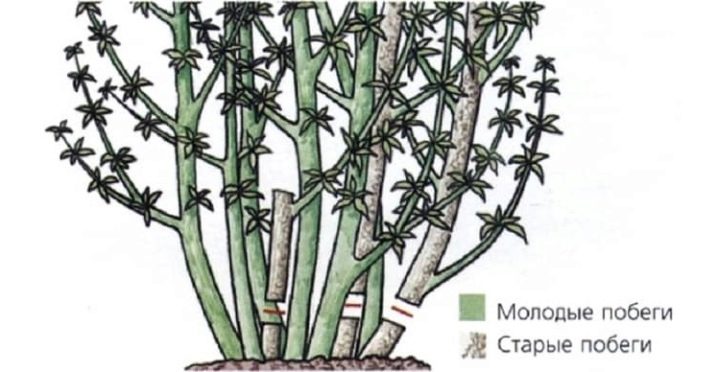
Extreme pruning is carried out in two stages: in the first year, it is recommended to remove the branches from the outside, and in the second year, the inside, you can capture the central stems. So, during the indicated period, young shoots appear, the plant is transformed. This procedure is best done after the frost has receded. At this point, the bushes are given a designer look. If the spring is too hot, then the procedure should not be carried out or it is better to postpone it for a while. This is due to the fact that after such a procedure, it is more difficult for a flower culture to recover and give active growth.
If there is a desire to get another flowering by the end of summer or at the beginning of autumn, then the adjustment is best done after the first flowering.
Young shoots can be cut in late spring or early summer. This is necessary in case of collection for medicinal purposes, making tea, or just need to collect flowers for a bouquet.
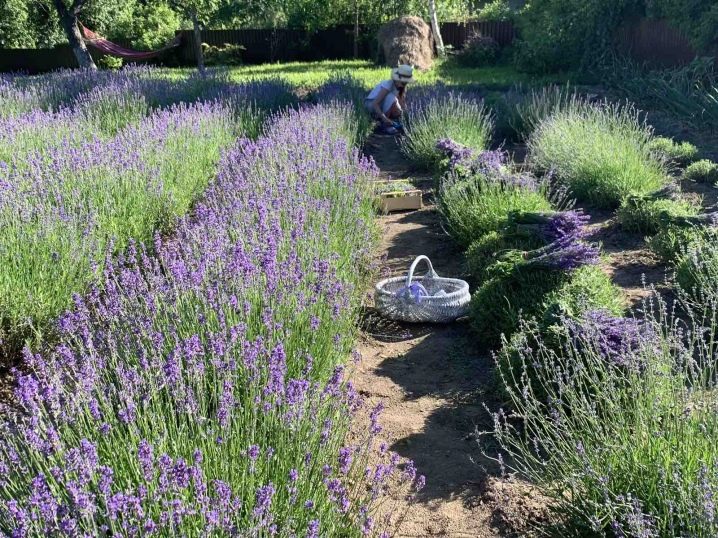
You can extend the flowering period if you cut off the branches two weeks after the bud opens. If it is necessary to wait for the seeds to ripen, then the optimal adjustment period is the time when all the buds are dry.
Age bushes form a huge number of semi-lignified stems in the form of hard and resilient branches. But in the lower part, you can see green growth (leaves with shoots). Before this overgrowth, old branches can be eradicated. Do not forget that it is not recommended to remove them all at once: removal occurs in proportion to the greenery that appears.
In parallel with pruning, the diameter around the plant is cleared of debris, weeds and organic matter. The soil is loosened and fed. This will be considered a complete complex for the rejuvenation and healing of the bushes.
In the south of the Russian Federation, the crown of the tree is being corrected after spring flowering. At the moment when the main flowering is over, but there are single buds, but there are still no fruits.
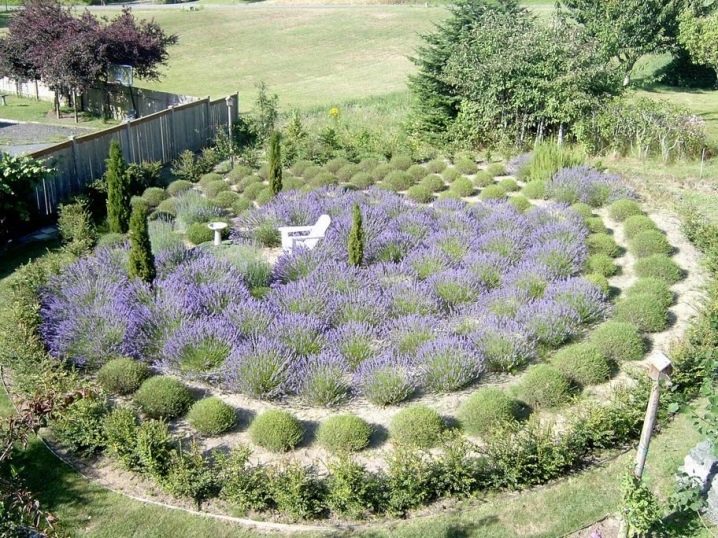
Possible mistakes
When caring for such a chic shrub, some growers make mistakes. Let's consider the most typical ones.
- Neglecting pruning. If you do not take care of the plant for a long time, then you can see that the lower parts of the bushes have become woody and bald. Subsequently, one can observe such a picture, as if the bush completely collapsed. If the plant looks like this, then pruning is unlikely to help. The first such procedure should be carried out at the age of two, followed by repetition twice a year.Don't be afraid to prune the bushes, as lavender actively responds to the adjustment of unnecessary branches. In just a couple of weeks, she will be unrecognizable.
- Incorrect cut. It is necessary to adhere to the general established rules, which were described above. Only then will the bush look lush, healthy, well-groomed, will delight for a long time.
- The cut is made with whatever came to hand. After that, a beautiful bush begins to weaken and hurt, attracting pests to itself. The tool must be sharp, clean and designed for this purpose.
- No need to wait for autumn frosts: the bush will not get stronger and die.
- In the first year, the bush is adjusted. The shoots are still too young, not fully formed, they do not need to be shortened.
- Early spring adjustment. In this sense, spring temperature drops and frosts are more terrible than stable weather in winter. There is no need to rush, because the plant wakes up at a rather slow pace.
- Too much was cut. If there is less than two centimeters of the mass left, then the recovery will go with difficulty. The recommended length is 3-4 centimeters.
The beauty of a plant depends on careful maintenance of it. If you follow all the measures for pruning lavender, then it will not freeze in winter, it will not get sick, and the bushes will be voluminous and aesthetic.
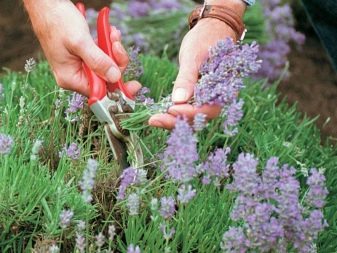
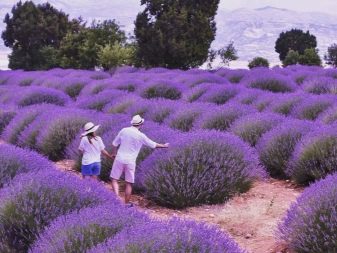







































































































The comment was sent successfully.